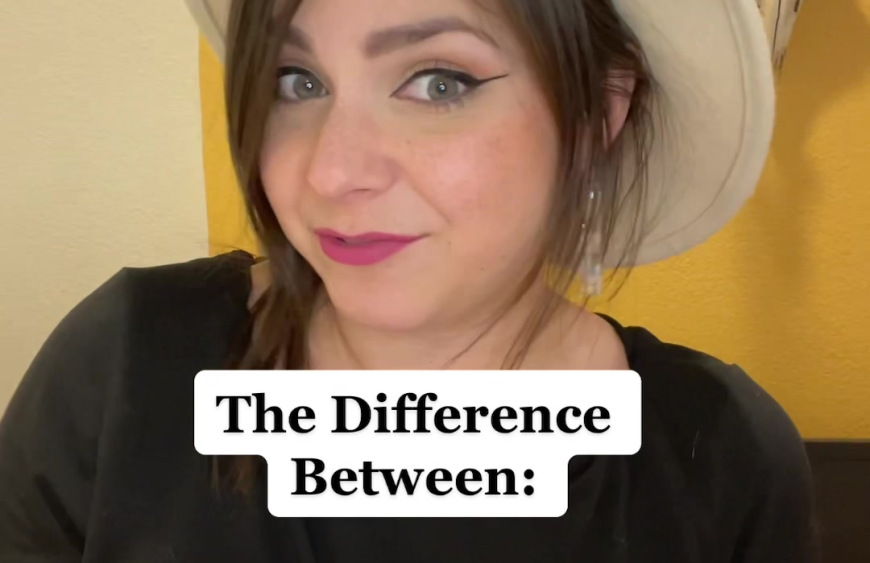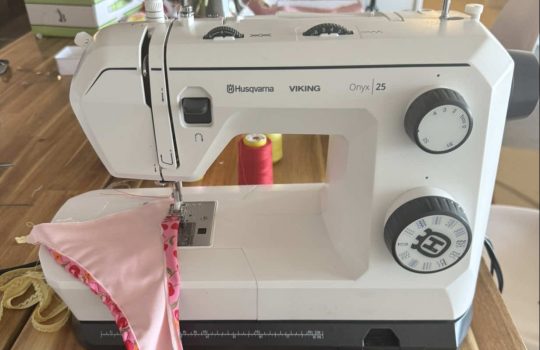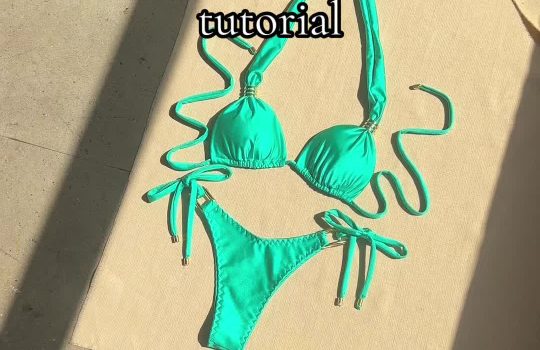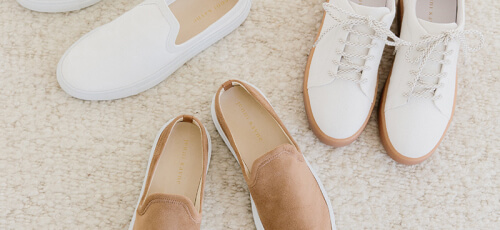Ever wandered through a thrift shop or browsed an online boutique and wondered—what exactly is the difference between retro and vintage? As TikTok creator Elaine Johnston points out in her viral video, these two style terms are often mixed up, even by savvy shoppers. Understanding the distinction not only sharpens your fashion sense, but also helps you shop smarter, build a more authentic wardrobe, and appreciate the timeless appeal of classic styles.
In this post, I’ll break down the real difference between retro and vintage, using knowledge from modern fashion brands, my own experience with both styles, and tips for picking out the perfect piece—whether you’re searching for original 1940s swing dresses or love the playful touches of retro clothing.
What Is Vintage? Style, Age, and Authenticity
When a piece is described as vintage, it means it was actually made in the past—often 20 to 100 years ago. You’ll be looking at:
- Construction: True vintage items are made with era-specific techniques—think hand-stitched hems, metal zippers, or unique buttons that were popular at the time.
- Style & Pattern: Original prints, cuts, and fabrics that reflect the period. For example, a 1960s paisley minidress or 1970s flared corduroys.
- Age: Vintage is about authenticity. If you find a garment, accessory, or even a record player that sat in your grandmother’s closet since the 1950s, that’s vintage.
My Tip: I once purchased a 1970s suede jacket at a local vintage store (shoutout to Ragstock in Minneapolis!), and the craftsmanship is unlike what you find today. The seams are sturdy and the fit boxy—clearly made to last. Plus, the vintage piece came with a bit of a story, adding a sentimental touch you just can’t reproduce.
Occasions for Vintage:
- Perfect for themed events, special outings, or adding a hint of nostalgia to modern outfits
- Great choice for eco-conscious shoppers, as these are true preloved garments
For more on vintage fashion, check out Nostalgia & Retro Clothing.
What Is Retro? Modern Clothes with Vintage Inspiration
Retro is all about reproduction or imitation: new items intentionally designed to look like they’re from past decades but made recently. Here’s what sets retro style apart:
- Construction: Made using today’s mass manufacturing or even fast fashion techniques. The quality may vary, but the intent is to look like it’s from an earlier era.
- Style & Pattern: Retro clothes copy the shapes, prints, and colors of earlier times—polka dot 1950s halter tops, bell-bottom jeans, or 80s-inspired neon jackets.
- Age: These pieces are new or only a few years old.
My Experience: I own a retro-inspired polka dot dress from Unique Vintage—its silhouette is undeniably 1950s, but it’s made fresh, with modern stretch materials (hello, comfort!) and machine-washable fabrics. The price was reasonable ($70), and the fit was true-to-size, which is great if you don’t want to risk vintage sizing guesswork. The convenience and comfort (machine washable, soft materials with a little stretch) made it a perfect pick for busy days or last-minute events.
When to Choose Retro:
- Everyday wear when you want a throwback look with modern comfort
- When original pieces are too rare or delicate for regular use
- Costume parties, themed gatherings, or playful festival fashion
Browse more Design & Style Ideas to explore retro inspiration.
Retro Style vs Vintage Style: Main Takeaways
Here’s how to quickly tell the difference while shopping:
- Vintage is authentic—made in the past with old-school craftsmanship, often one-of-a-kind or rare.
- Retro is reproduction—recently made but inspired by a vintage era’s look.
Key Points to Remember
- Authenticity: Vintage = historical, Retro = imitation.
- Materials: Vintage may use old materials (cotton, silk, classic denim), while retro often adds modern synthetics for durability and stretchiness.
- Fit & Sizing: Vintage sizing can be tricky—smaller, sometimes more tailored; retro pieces typically follow modern size charts and may offer a range of fits.
- Price: Vintage can cost more but is usually higher in construction quality; retro is more affordable and available in wider stock.
- Care: Both may be delicate, but retro items are often easier to care for (machine-washable or even wrinkle-resistant).
Why Both Styles Belong in Your Closet
- Vintage lets you own a piece of fashion history and stand out from the crowd.
- Retro keeps things approachable, affordable, and practical for everyday wear.
I personally love mixing both: pairing a 1980s vintage denim jacket (a thrift shop find!) with a 60s-inspired retro shift dress from a modern brand. This mix gives my outfits personality—plus, it’s fun and sustainable.
For more ideas on blending pop culture and nostalgia in your wardrobe, visit Pop Culture Style and Seasonal & Event Looks.
Conclusion: Retro and Vintage—Celebrate the Past, Dress for Today
Understanding the difference between retro and vintage isn’t just about fashion trivia—it helps build a more meaningful, sustainable, and stylish wardrobe. Vintage lets you honor authentic craftsmanship and history, while retro delivers everyday comfort with a nod to the most iconic looks. Whatever your style, embracing both is a win-win for personal expression.
Want to dig deeper into classic and contemporary trends? Check out more vintage fashion facts and style inspiration to find your favorite era—or combine them all!
@_elainejohnston Retro vs. Vintage ✨ #retrostyle #retrovintage #vintagestyle #vintagestylenotvintagevalues #style101 #fashionfacts #stylefacts ♬ original sound – Elaine Johnston
Tiktok transcript by Elaine Johnston
Retro vs. Vintage ✨ #retrostyle #retrovintage #vintagestyle #vintagestylenotvintagevalues #style101 #fashionfacts #stylefacts
00:00:00 –> 00:00:03
do you know the difference between retro and vintage
00:00:03 –> 00:00:05
something is described as vintage
00:00:05 –> 00:00:07
this is referring to the construction
00:00:07 –> 00:00:12
the style and pattern and even the age of that specific item
00:00:12 –> 00:00:16
this can be in the form of clothing or even home decor
00:00:16 –> 00:00:19
basically anything that you can think of that you would find in your grandmother
00:00:19 –> 00:00:21
or great grandmother’s closet
00:00:21 –> 00:00:23
it something is described as retro
00:00:23 –> 00:00:29
this just means that it was a reproduce or imitated version of a vintage style
00:00:29 –> 00:00:34
retro style is basically a mock modern version of what you would have seen decades ago
00:00:34 –> 00:00:35
well retro clothes
00:00:35 –> 00:00:42
thing may not have the authentic age or custom pattern from 60 to 100 years ago
00:00:42 –> 00:00:45
it’s still fun to recreate and remains of styles of the past












